Picture this: you walk through the front door after a long day, and there’s your beloved companion, front legs stretched forward, rear end in the air, tail wagging like a furry flag of pure joy. This isn’t just another cute dog quirk. It’s actually one of the most heartwarming forms of canine communication you’ll ever witness, and there’s so much more happening beneath the surface than meets the eye.
The Greeting Stretch is a Love Letter Written in Body Language
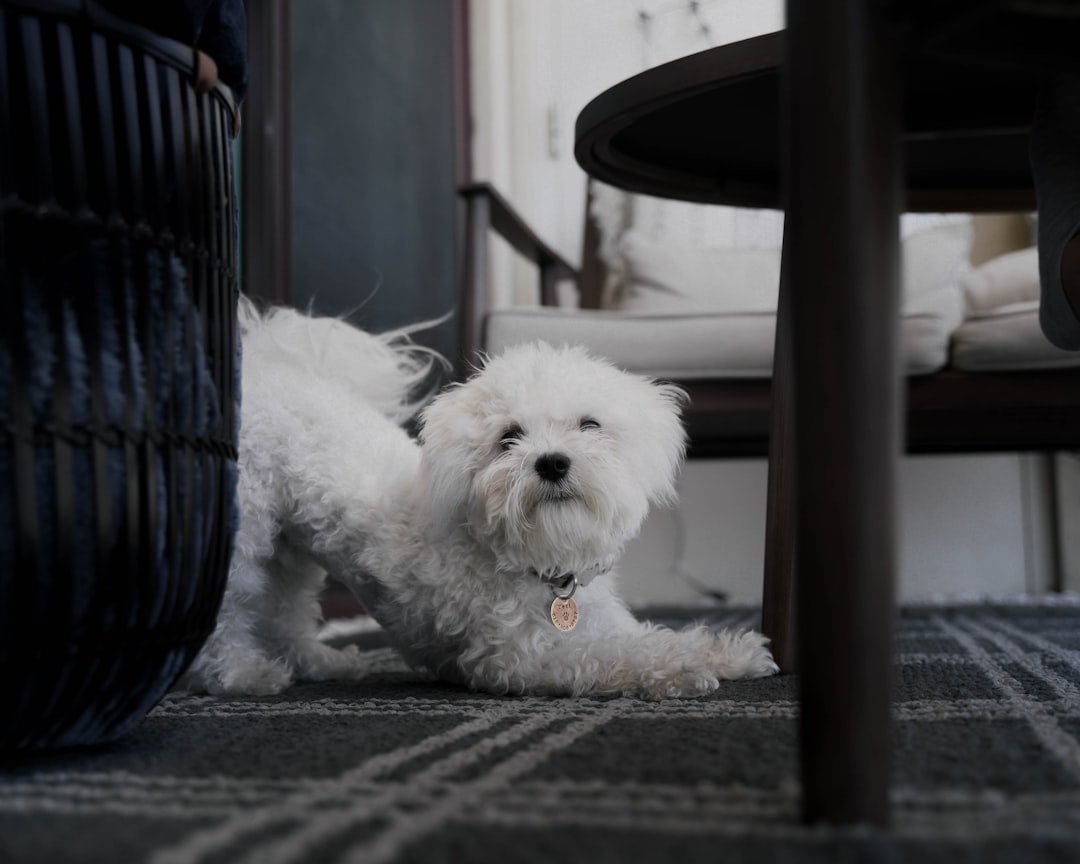
When your dog performs this iconic stretch as you arrive home, they’re engaging in what’s known as the “greeting stretch,” and it’s a sign of affection and comfort. This isn’t just any random movement your dog throws out to everyone who walks by. This greeting behavior is reserved specifically for people your dog is comfortable with – you won’t see a dog greet a stranger with a stretch.
A dog stretching is actually a signal of trust and affection towards you. When your dog stretches in front of you, it exposes its most vulnerable areas – the belly and throat. Think about it: in the wild, showing your soft underbelly would be a death sentence. But here’s your dog, willingly putting themselves in this vulnerable position because they trust you completely.
Your Dog is Literally Saying “I Love You” in Their Own Special Way
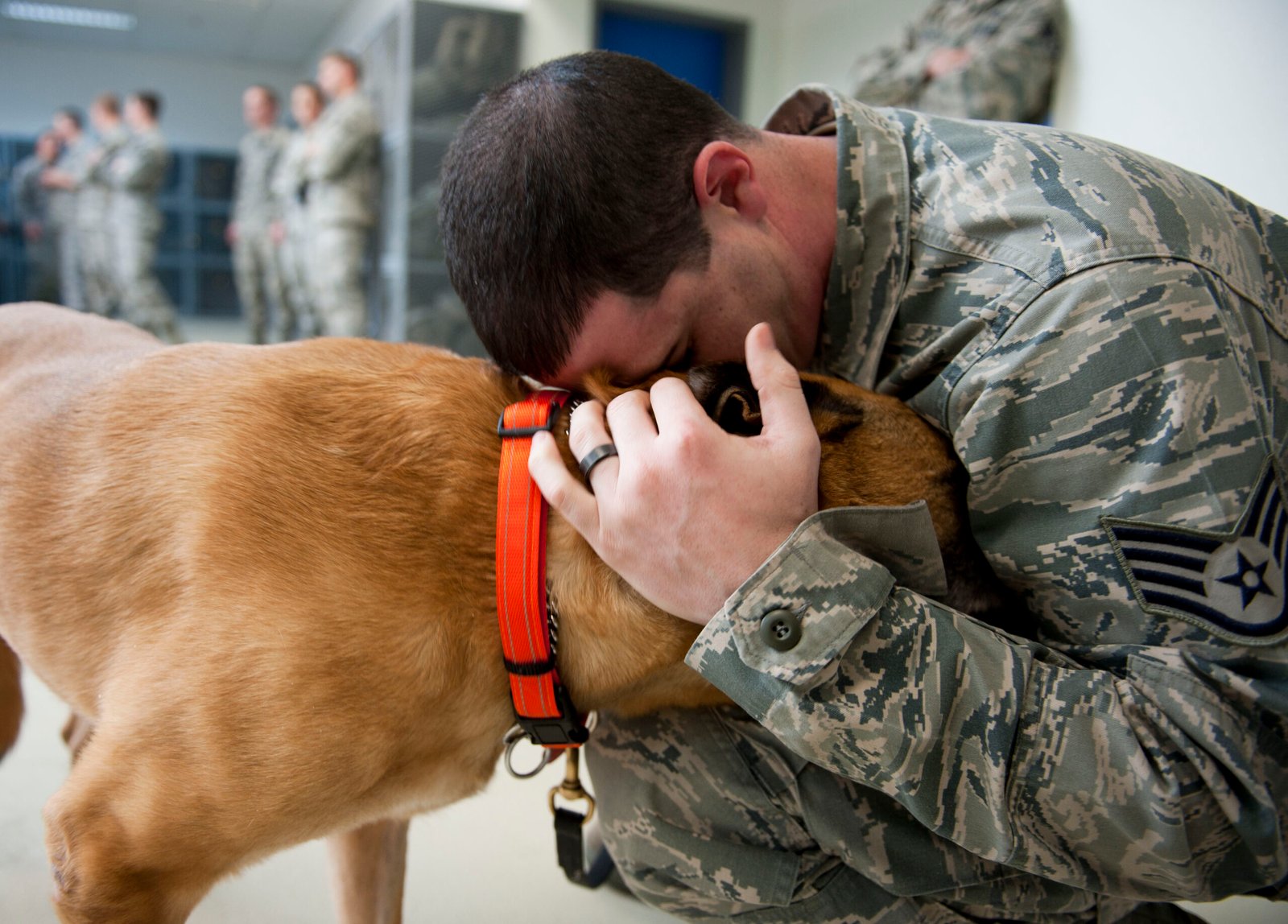
This stretching behavior is commonly referred to as a dog’s “I love you” stretch. It’s become so recognized that pet experts have given it this endearing name, and honestly, it couldn’t be more fitting. When a dog places its paws on you while stretching, it’s a gesture of trust and bonding. This action is akin to a human hug, an intimate moment shared between the two of you. By leaning into you, they’re essentially saying, “I love you and feel comfortable around you.”
Each time your dog performs this stretch, they’re choosing you as their safe person. Some dogs are so selective with this behavior that they’ll only do it for one specific person in the household, leaving other family members feeling a bit left out. If you’re the chosen one, consider yourself incredibly honored.
Sometimes They’re Just Waking Up Their Sleepy Muscles
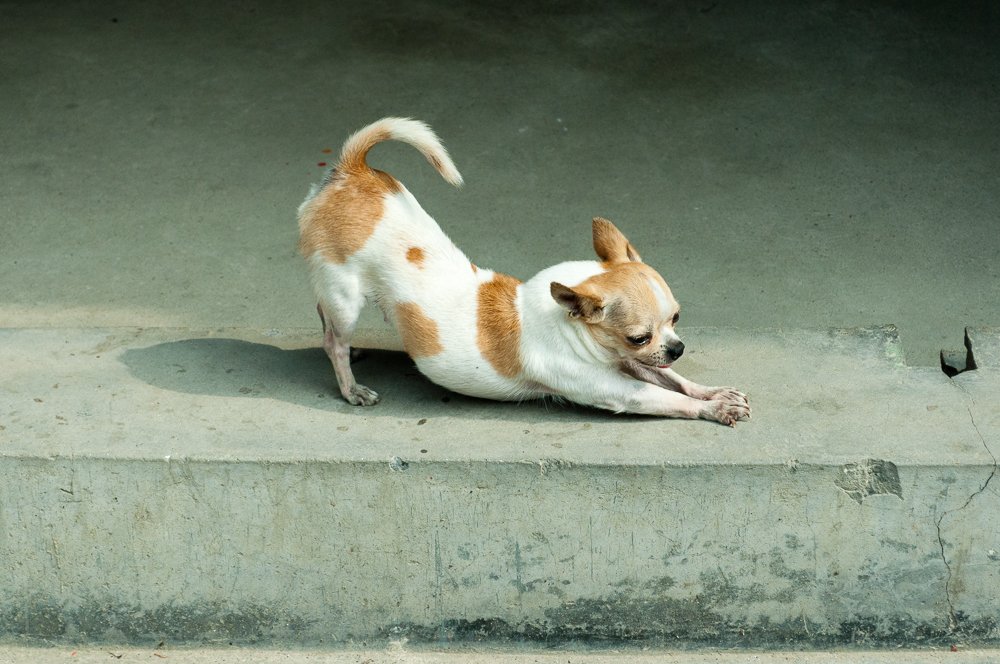
If your dog greets you with their rump in the air and front legs stretched out in front of them, some dogs might stretch as they greet you if they were lying down before you walked through the door. Dogs might need to stretch to loosen up tight muscles as they approach you. Just like us humans who need a good stretch after sitting at a desk all day, your dog might have been napping in their favorite sunny spot and needs to work out the kinks.
Some dogs stretch after waking up to loosen their muscles. It’s their version of rolling out of bed and doing those satisfying morning stretches that get the blood flowing. When combined with seeing you, it becomes this beautiful blend of physical necessity and emotional expression.
They’re Anticipating All the Fun You’re About to Have Together

Dogs typically stretch when they are relaxed. Your dog might be anticipating that they’ll be more active now that you’re home. Your arrival signals the start of the good stuff – walks, playtime, belly rubs, maybe even a special treat. Their stretch is like them saying, “Okay, let’s get ready for action!”
A dog stretching is also an invitation, indicating a desire to play or interact with you. It’s their way of preparing their body for whatever adventure comes next while simultaneously inviting you to join in the fun. This anticipatory stretch shows just how much they associate your presence with positive experiences.
You Might Have Accidentally Trained Them (And That’s Beautiful)
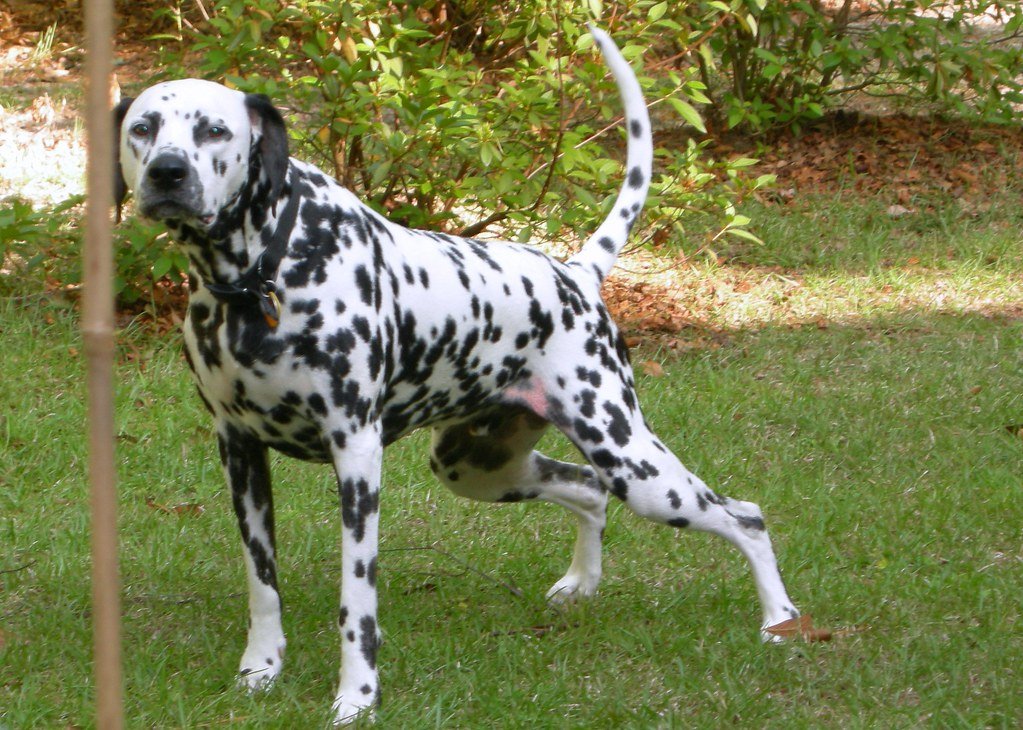
Here’s something fascinating that many dog parents don’t realize: Some dogs might learn to exhibit this stretching behavior when the behavior is reinforced. If you think this behavior is cute and praise your pup every time they perform the stretching behavior, they’re more likely to stretch for you again. Your delighted reactions, gentle praise, and affectionate responses have taught your dog that this behavior makes you incredibly happy.
If your pup has realized that stretching on you garners a reaction, whether it’s a belly rub, a laugh, or even just eye contact, they might continue this behavior to get your attention. They have quickly learned that this action results in some form of engagement from you. It’s like they’ve figured out the secret code to make you smile every single time.
The Play Bow Connection – Reading Between the Stretches
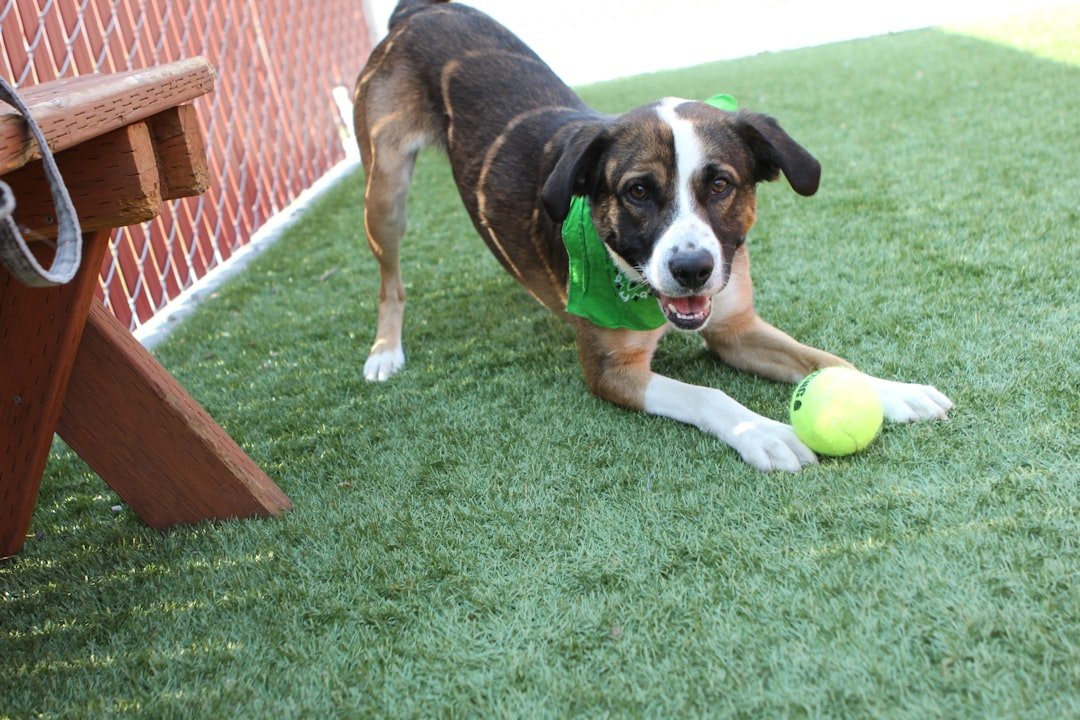
A variation of a stretch is the play bow, in which the dog signals to other dogs and humans to initiate play. While similar to the greeting stretch, the play bow has some distinct differences. The play bow is often seen when dogs are excited and ready to play. The dog’s front legs are stretched out in front of them, elbows touching the ground, and the dog’s rear end is in the air. This stretch is a clear invitation to play and is a sign of a happy and energetic dog.
If their elbows don’t touch the ground and their front legs are lined up, it means they are greeting you at your arrival. On the other hand, if they lean their elbows and stretch their front legs, it gives you a sign of play bow. Learning to spot these subtle differences helps you respond appropriately to what your dog is trying to communicate.
When Stretching Might Signal Something More Serious
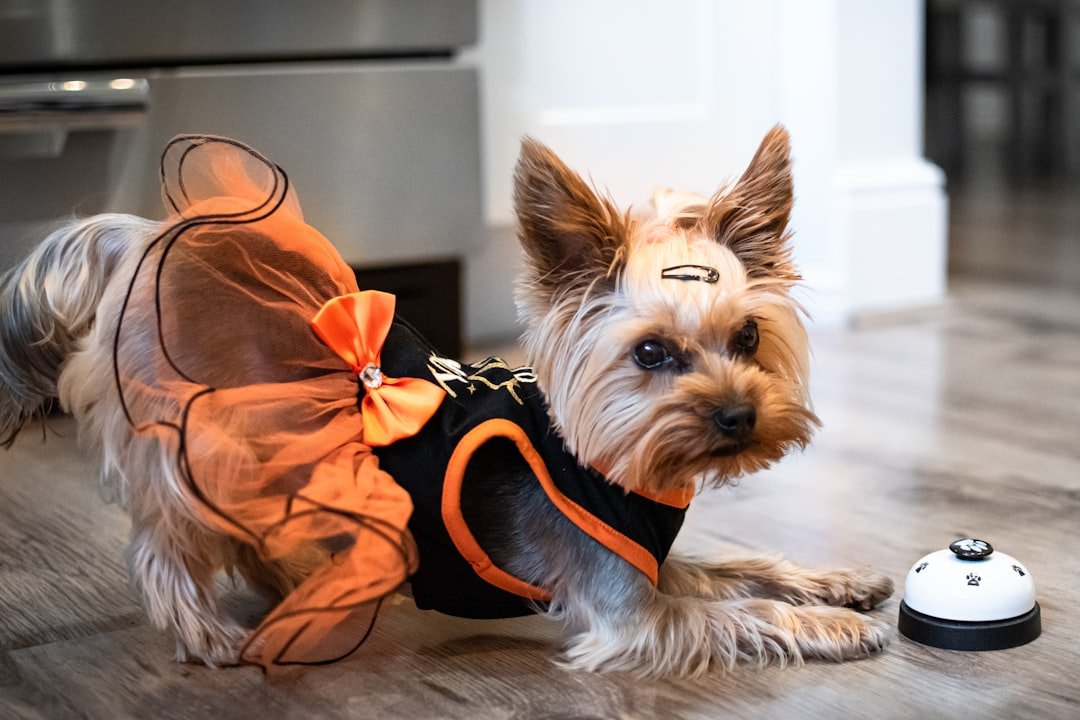
While most stretching is perfectly normal and heartwarming, sometimes it can indicate discomfort. One concerning stretch is the “prayer position,” where the dog’s front legs and chest are on the ground, and its rear end is raised. This stretch can be a sign of abdominal pain or discomfort. If your dog is performing this stretch frequently, the dog might be suffering from a medical condition like pancreatitis or bloating.
Dogs with abdominal pain might stretch out to try to alleviate pressure on their abdomen. The key difference is frequency and context – if your dog is stretching excessively, showing signs of discomfort, or the stretching is accompanied by other concerning symptoms, it’s time for a vet visit.
Understanding Your Dog’s Emotional Stretching
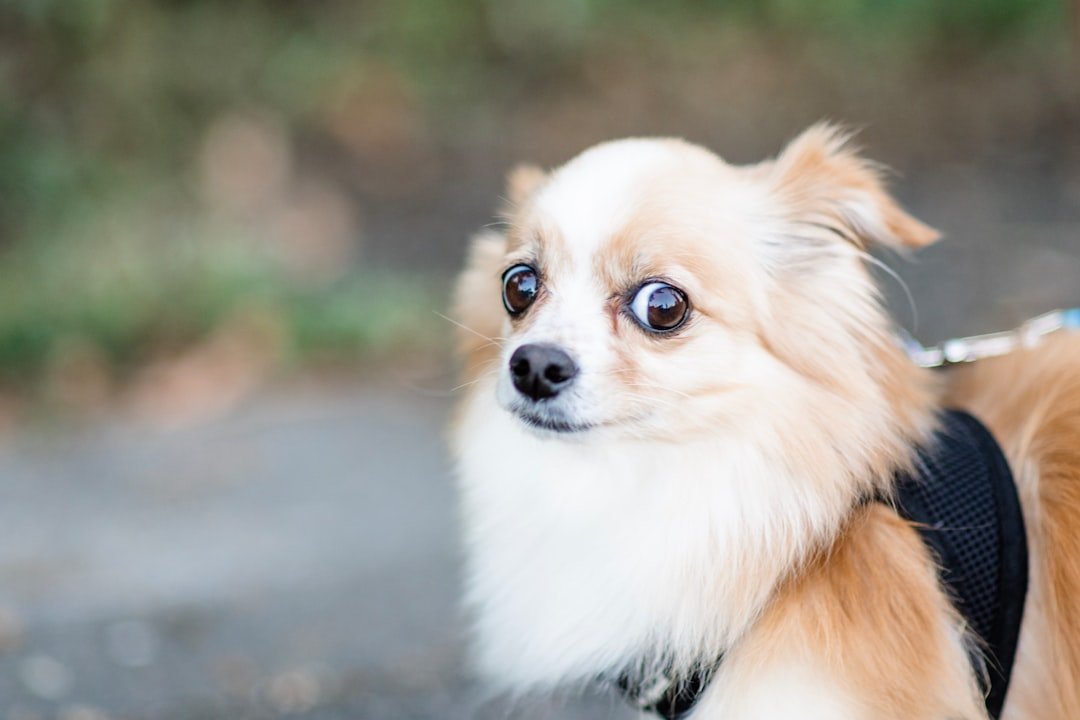
When a dog is cautious or uncertain, their stretching behavior may reflect this emotional state. When a dog is offered a treat by an unfamiliar person, the dog might stretch their front end towards the treat while their rear end stays planted to the spot. This behavior can be seen as a conflict of emotions. The dog is interested in the treat but is also wary of the unfamiliar person.
This stretching behavior is a nonverbal communication tool, where the dog is emotionally conflicted – showing both interest and caution at the same time. Understanding these subtle differences helps you become a better communicator with your furry friend and ensures you respect their emotional boundaries.
Conclusion
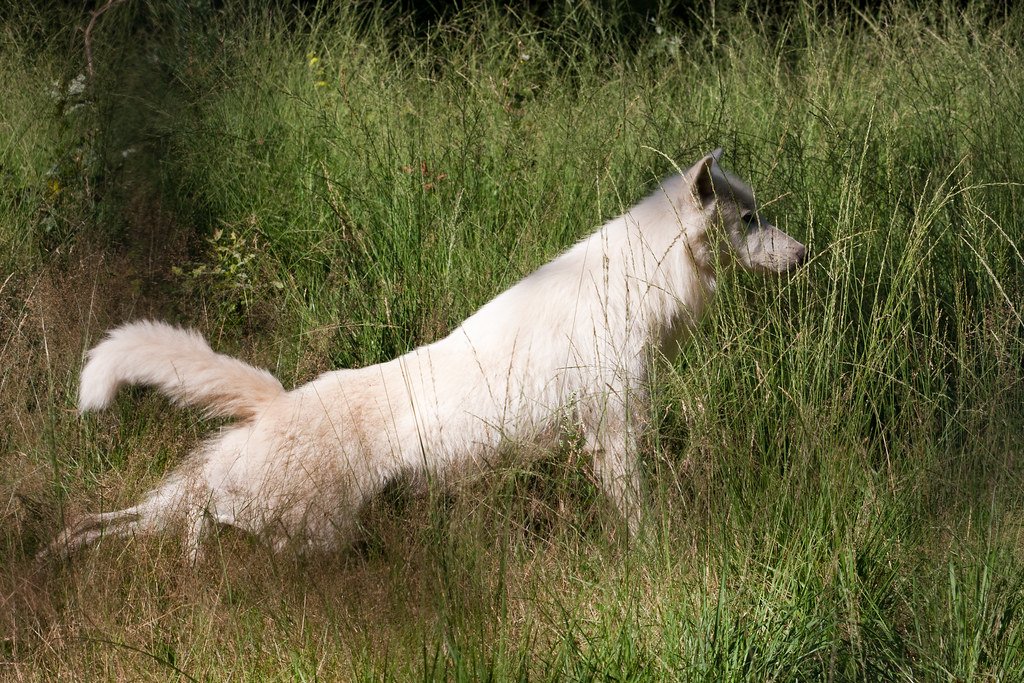
The next time your dog greets you with that adorable stretch, take a moment to truly appreciate what’s happening. You’re witnessing a beautiful display of trust, love, and communication that speaks volumes about the bond you’ve built together. Whether they’re showing affection, preparing for playtime, or simply working out the kinks from a good nap, that stretch is their way of saying you matter to them.
Remember, every stretch tells a story – of comfort, anticipation, trust, and pure, unconditional love. Keep in mind that dogs stretch for many reasons, so do not feel hurt if your dog doesn’t give you the “I love you” stretch when you come home. Their way of showing love might be giving you an “I love you” lick to your hand or face, leaning against you as you pet them, or jumping up on you. Each dog has their own unique way of expressing their feelings.
Isn’t it amazing how much emotion can be packed into such a simple movement? What does your dog’s greeting behavior tell you about your special bond?

Andrew Alpin from India is the Brand Manager of Doggo digest. Andrew is an experienced content specialist and social media manager with a passion for writing. His forte includes health and wellness, Travel, Animals, and Nature. A nature nomad, Andrew is obsessed with mountains and loves high-altitude trekking. He has been on several Himalayan treks in India including the Everest Base Camp in Nepal.






